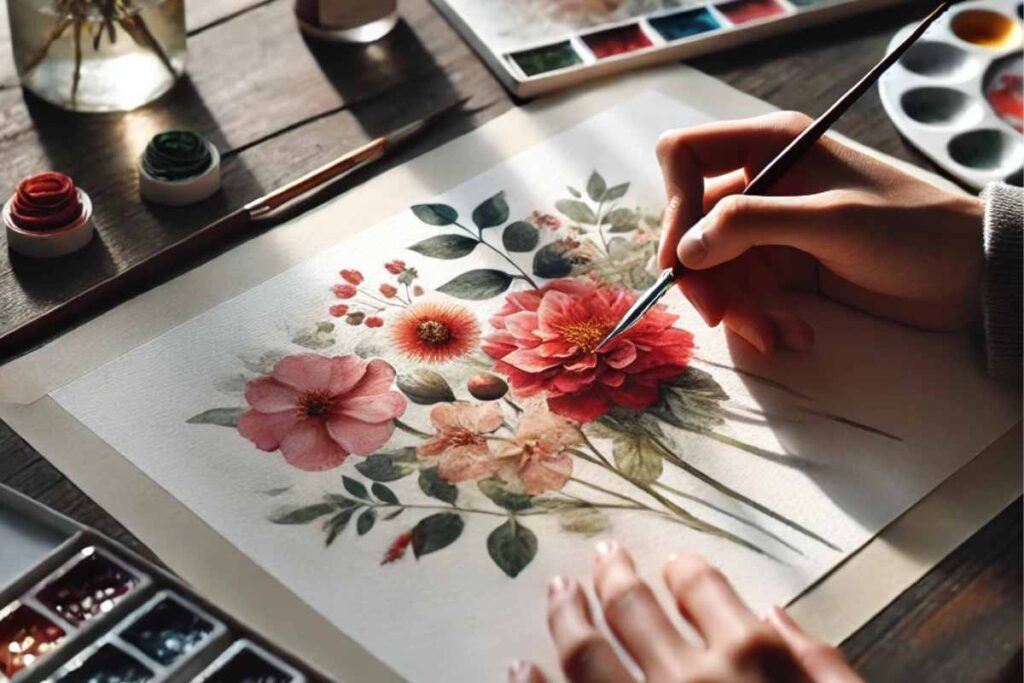Introduction: Start with Simplicity
When you’re new to oil painting, the idea of creating detailed flowers can feel a little scary. But trust me — it doesn’t have to be. With just a few simple brush techniques, you can bring your floral canvas to life without stressing over complex skills.
1. The Flat Brush Stroke: Your Petal Pro
Start with a flat brush. It’s great for shaping petals — just load up with thick oil paint, and sweep gently in a curved motion. Press harder for wide petals, lighter for delicate ones. You’ll be surprised at how quickly a tulip or lily starts to appear!
2. The “Stippling” Trick for Texture
Want that fluffy effect in a daisy or sunflower center? Try stippling. Use a round brush, dab vertically with minimal movement. The dots give a soft, lively texture that really pops on the canvas.
3. Twist to Blend with a Filbert
A filbert brush is a favorite for flower fans. Its rounded edge helps blend colors — perfect for those subtle color shifts in roses. Twist your wrist gently as you drag the paint — it mimics natural petal gradients.
4. The Pull and Flick for Foliage
Flicking might sound reckless, but in flower painting, it’s gold. Dip a liner brush in green, pull from the flower’s base and flick outward to create natural-looking stems and leaves. Not too precise — let it flow!
Conclusion: Practice Makes the Petals Perfect
These brush techniques are just the beginning. You don’t need to paint like Van Gogh to enjoy the process. Try practicing each on scrap canvas and then combine them into one bloom. Oil painting is forgiving — just layer and go again.
